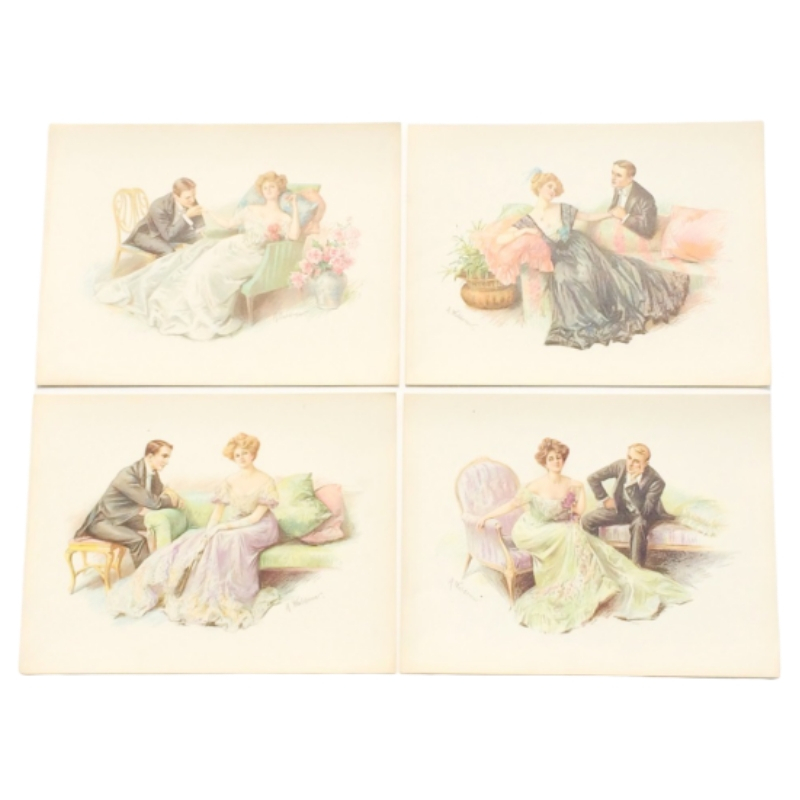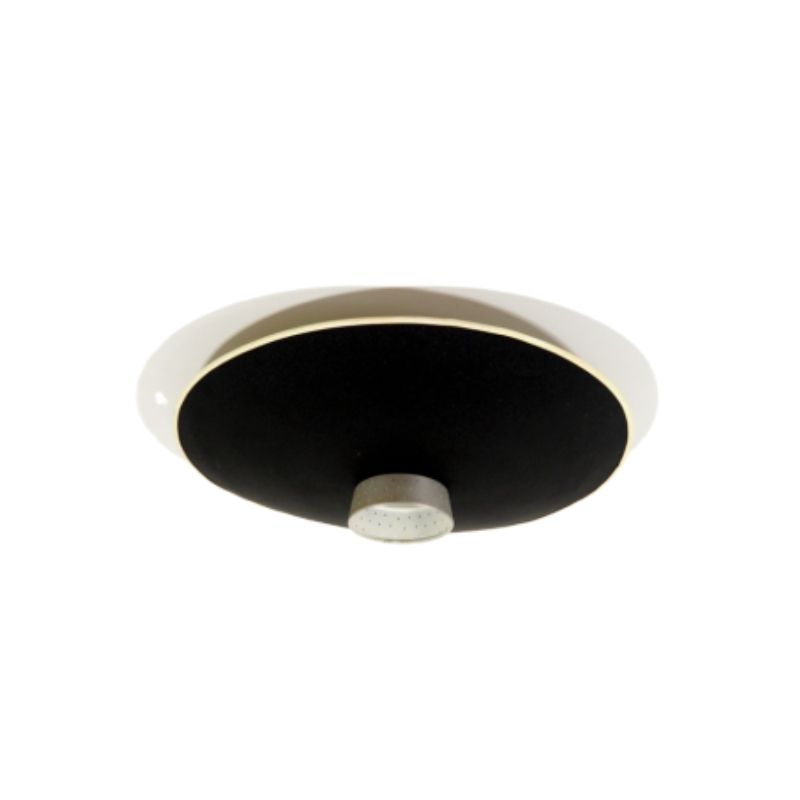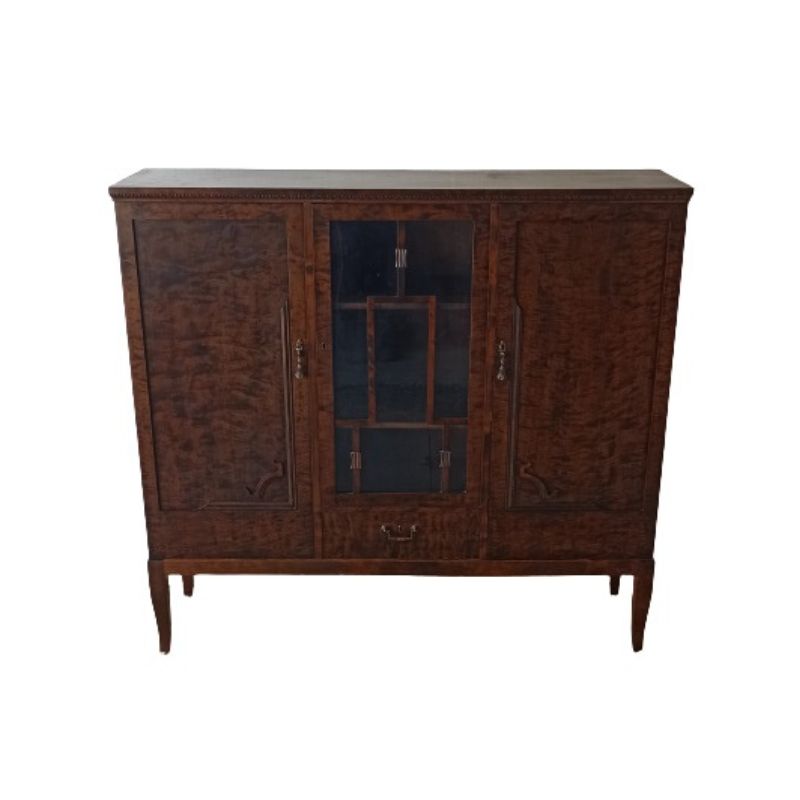@modernefamilie-2:- With regard to the designer, @leif-ericson is the member most likely to have the answer.
Knowledge shared is Knowledge gained
Interesting. I've never seen those pulls on an Aasbjerg piece. The receipt looks like it is dated 1966; fairly late in the game. Are the case pieces still solid teak, and are the board joints still finger joints? It would be interesting to note if Excellent had started economizing by 1966 to veneer and simpler joints.
Speaking of Aasbjerg, I came across a very scarce piece a few months ago and need to post that on last thing acquired.
@cdsilva. Looking forward to seeing that piece you came across.
Knowledge shared is Knowledge gained
@cdsilva, that is a great bar cart! Thanks for posting. Back to the unit, I’m a sucker for good documentation and I actually have a second invoice for this unit. See the attached.

In the mid to late 1950s Aasbjerg’s pieces were veneer, like Langbordet coffee table, which was sold by lots of retailers (Illums Bolighus, Anton Dam, etc). Many of the case pieces that are most recognizably his designs started with a version that was veneer instead of solid teak. And in my 1962 catalog very many things, especially the case pieces were available in either veneer or solid teak. I believe that solid teak for him started by listening to the requests of his American military buyers who were pragmatic and had the money to afford it.
As to the wall system, I was not aware of this as an Aasbjerg wall system, but he was effectively a custom shop and he could decide to design something new or do custom work because he maintained a close relationship with the customers. The evidence I see on the receipt suggests that it was a “standard” design, not a custom one, but there really was not much difference between those two things.
@cdsilva that is a lovely Aasbjerg tea cart. Lucky you!
If you need any help, please contact us at – info@designaddict.com


















